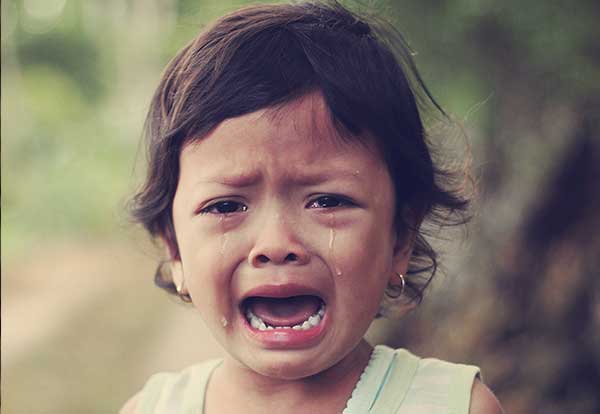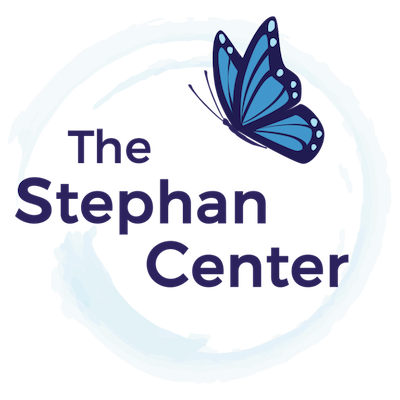
Adverse Childhood Experiences or ACEs is the most current exploration regarding the impact of trauma on children’s physical and mental health as well
as the impact into adulthood.
In Brief: The Adverse Childhood Experiences (ACE) Study assesses the effects of child abuse and related adverse childhood experiences as a public health problem and the results clearly show “Why Prevention Matters.”
The Study is an ongoing collaboration between the Centers for Disease Control (CDC) and Kaiser Permanente. Begun in 1994, the Study includes 17,337 adults enrolled in the Kaiser HMO in San Diego, CA. Fully two-thirds of the study participants reported at least one “adverse childhood experience” such as abuse or neglect, with most reporting more than one.
By bringing an understanding of the childhood origins of a multitude of health and social problems across the lifespan, this study shows that prevention of ACEs, such as abuse and neglect, can have enormous impact on the health of our society.
The ACE Study was designed to answer the question: “If risk factors for disease, disability, and early mortality are not randomly distributed, what early life influences proceed the adoption or development of them?
Through this study ten (10) “adverse childhood experiences” were identified. These were divided into three (3) Major categories:
a) Abuse: Emotional, physical and sexual
b) Neglect: emotional and physical
c) Household Dysfunction: Domestic violence, Substance abuse, Mental Illness, Parent separation/divorce, and crime/incarceration.
The three (3) words used to describe the interactions were chosen because a) The term “adverse” does not evoke preconceived notions or biases about the perpetrators or victims. Also, the term “adverse” implies stress—and the biologic stress response is largely responsible for the negative impact of ACEs on brain development. b) “Experiences” was the term chosen rather than “Environment” because the latter term can imply exposure to environmental toxins. c) As framed by the study, “Childhood” refers to the first 18 years of life.
An “ACEs” screening tool has been developed to determine an ACES “Score” and is now being widely used in children’s developmental screenings and both children’s and adult’s health screening for prevention and early intervention of potential health risks.
As the ACE score increases, the risk of many health and social problems increases. So, the score appears to capture the cumulative biologic impact of ACEs. ACEs scores do not mean that health and social problems will necessarily follow.
It is important to remember that the ACE study assesses the risk of health and social problems in a large study. Effects of ACEs will vary from person to person.
What does this mean for children, families and health professionals?
- The 10 ACE categories provides a framework to address “evidence based” abuse situations experienced by children and the link to specific health risks.
- This knowledge can provide the development of systematic methods of prevention and early intervention of these abuse situations through various disciplines such as
health/medicine, social services, education, counseling and law. - The development of a framework for prevention and early intervention within and across disciplines will increase the ability to recognize and reduce ACE situations for children in all family and societal settings. This will improve the children’s lives and reduce both childhood and adult health risks improving the health and quality of lives.
How can we all assist in this process?
- As professionals we can support the implementation of the ACEs screening tools within and across disciplines especially in education, medicine and social service venues
- We can be proactive in the development of cross-discipline and multi- discipline prevention/ early intervention strategies through the collaboration of resources including agency partnerships, shared programs, cooperative educational networks and multiply fiscal source commitments.
- We can each make a personal professional commitments to ensure that children and families served within our professional “circle of influence” are educated on ACEs situations and linked to appropriate resources so that the ACE situations can be reduced and the long term health impact eliminated.
Click Here for article PDF

 Donate Today
Donate Today